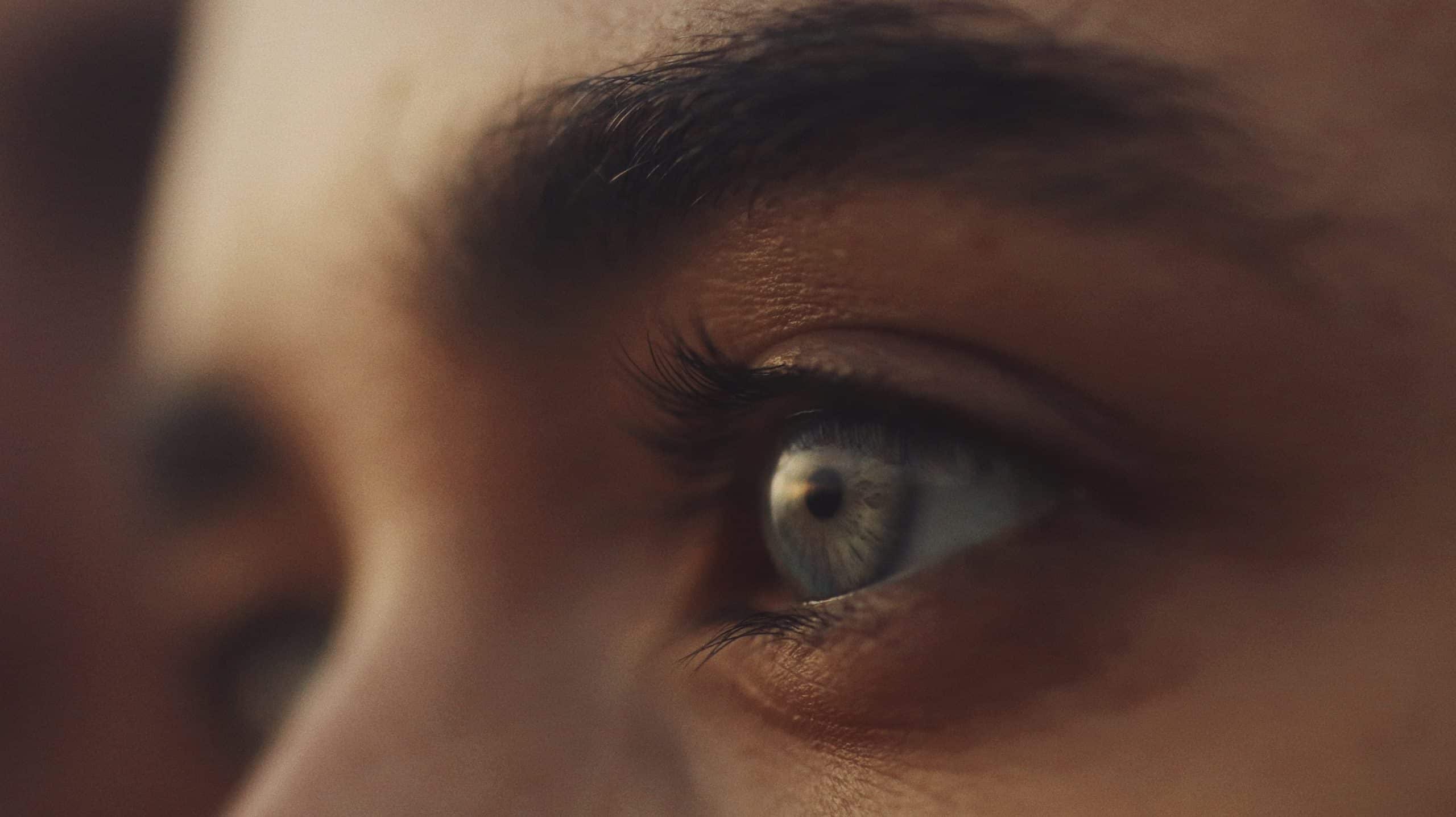Retinal diseases affect over 300 million individuals worldwide, including 200 million for AMD and over 100 million for diabetic retinopathy. Imagine Eyes, a company created in 2003, has developed a high-resolution imaging device that enables ophthalmologists to examine retinal cells.
The technology implemented by Imagine Eyes, called adaptive optics, is a product of astrophysics. Used in large terrestrial telescopes, adaptive optics enable the observation of extremely distant stars by overcoming atmospheric turbulence blur. In the same manner, Imagine Eyes devices use adaptive optics to image extremely small structures on the back of the eye by eliminating the blur created by the eye’s optical imperfections. With a resolution 5 to 10 times greater than that of existing technologies, the images obtained reveal the manifestations of retinal diseases at the cellular level. “Around one hundred hospitals worldwide have adopted our first product and reported their discoveries in over 200 scientific publications. It’s a start, but our team aims to provide medicine and patients with much more,” said Nicolas Chateau, CEO of Imagine Eyes.
Imagine Eyes is currently the only business in the world that is marketing this technology. It obtains 80% of its revenue from exports, currently in 18 countries. As an alternative to the sale of imaging equipment, the imaging devices can also be leased and supported by a service offer appropriate to each client.
“Given that visual disability and blindness are constantly increasing, everybody regrets the fact that retinal therapies are taking so long to develop. Between the discovery of a treatment and its availability on the market, there is often a gap of 15 years! With our imaging, we are offering a solution that will save several years,” Nicolas Chateau, CEO of Imagine Eyes
With the support of the Next French Healthcare Program, Imagine Eyes intends, as a priority, to put forward powerful arguments to win over the pharmaceutical industry. “We are offering the possibility to demonstrate the effectiveness of treatments on timescales that are 5 or 6 times shorter,” Nicolas Chateau said. For this, Imagine Eyes has developed biomarkers from the analysis of its retinal images. These are very sensitive indicators of the progression of pathologies, via which it is possible to quantify the short-term effects of treatments.
The argument has won over a first pharmaceutical group – in 2020, the business achieved an initial sale of several imaging units for a therapeutic trial in the USA. For Nicolas Chateau, this represents a first step towards a new market: “This initial commercial success with the pharmaceutical industry has allowed us to identify a very promising application for our products. Currently, the Next program offers us the best possible conditions to tackle the US market.”



